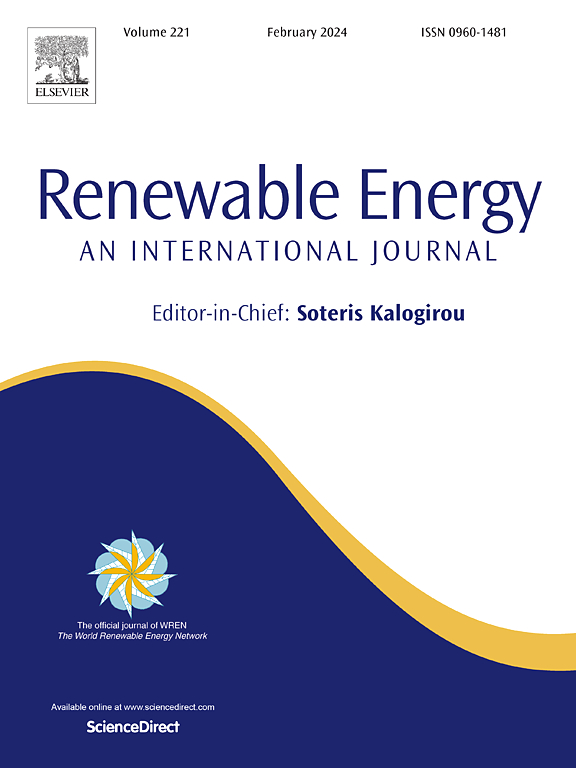利用生命周期技术-经济-环境优化模型优化发电系统排放目标的碳税率
IF 9
1区 工程技术
Q1 ENERGY & FUELS
引用次数: 0
摘要
减少电力部门的温室气体排放对能源系统的去碳化具有特殊意义。本文通过单位承诺问题中的技术-经济-环境生命周期综合分析,对碳税这一强有力的政策工具进行了研究。本模型是一个双层优化问题,目的是针对不同的排放目标确定最佳碳税率。在对伊朗电力行业高峰需求时段的实际案例研究中,估计生命周期内的二氧化碳总排放量为 20333.90 吨/小时。减排 2% 和 3% 的碳税率分别为 15.87 美元/吨和 24.65 美元/吨。在 "一切照旧 "的情况下,要达到相同的排放目标,每年需要征收更高的碳税。然而,利用清洁技术和战略计划发展电力行业可能会降低碳税率。降低的程度取决于绿色革命情景下实施的发展计划类型。因此,政策制定者在确保电力行业可持续发展方面发挥着直接作用。本模型为分析发电调度全生命周期的实际碳税率提供了一个稳健的框架。本文章由计算机程序翻译,如有差异,请以英文原文为准。
Optimum carbon tax rate for emission targets of electricity generation system by life cycle techno-economic-environmental optimization model
Reduction of greenhouse gas emissions from the electricity sector is of special interest for decarbonization of energy systems. Optimum carbon tax as a powerful policy tool is here studied by integrated techno-economic-environmental life cycle analysis in a unit commitment problem. The present model is formulated as a bi-level optimization problem to reach the optimum carbon tax rates for different emission targets. The total life cycle CO2 emissions are estimated to be 20333.90 tons/hr in a real case study of Iran's electricity sector for the peak demand hour. The carbon tax rate for a 2 % and a 3 % emissions reduction is equal to 15.87 and 24.65 $/ton, respectively. In the business-as-usual scenario, higher carbon taxes will be required each year to meet the same emission target. However, developing the electricity sector with cleaner technologies and strategic plans may decrease the carbon tax rate. The extent of this reduction depends on the type of development program implemented in the green revolution scenario. Therefore, policy makers play a direct role in ensuring the sustainable development of the electricity sector. The present model provides a robust framework to analyze the real carbon tax rates for the whole life cycle of electricity generation dispatch.
求助全文
通过发布文献求助,成功后即可免费获取论文全文。
去求助
来源期刊

Renewable Energy
工程技术-能源与燃料
CiteScore
18.40
自引率
9.20%
发文量
1955
审稿时长
6.6 months
期刊介绍:
Renewable Energy journal is dedicated to advancing knowledge and disseminating insights on various topics and technologies within renewable energy systems and components. Our mission is to support researchers, engineers, economists, manufacturers, NGOs, associations, and societies in staying updated on new developments in their respective fields and applying alternative energy solutions to current practices.
As an international, multidisciplinary journal in renewable energy engineering and research, we strive to be a premier peer-reviewed platform and a trusted source of original research and reviews in the field of renewable energy. Join us in our endeavor to drive innovation and progress in sustainable energy solutions.
 求助内容:
求助内容: 应助结果提醒方式:
应助结果提醒方式:


